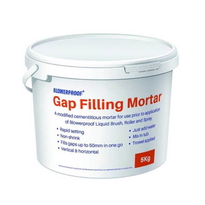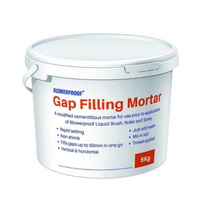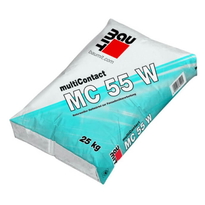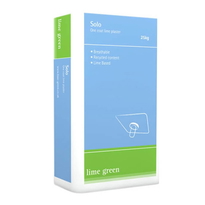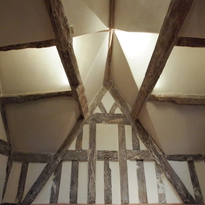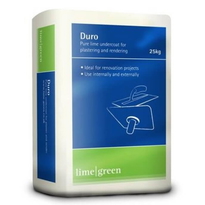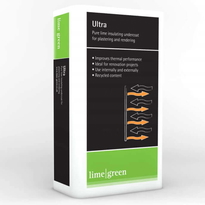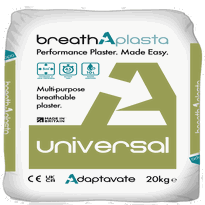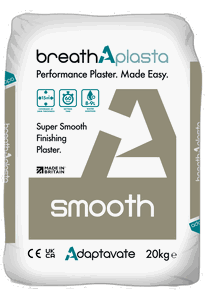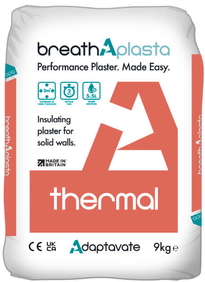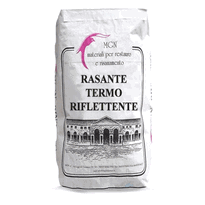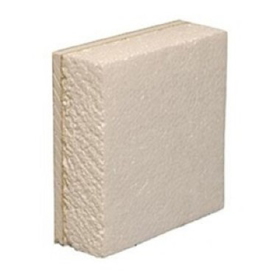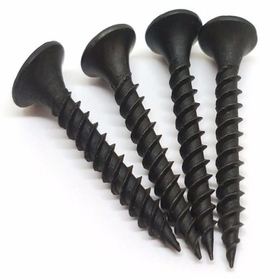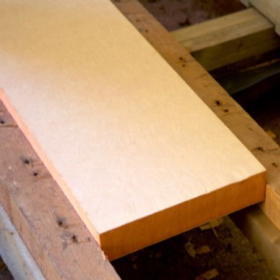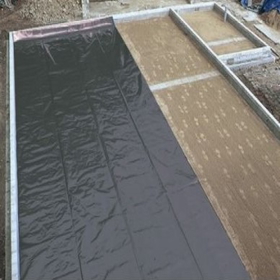Plastering And Rendering
Similar Categories
Plastering And Rendering: A Guide to Achieve a Perfect Finish
Plastering and rendering are two common methods of applying a protective and decorative coating to walls and ceilings. They can improve the appearance, insulation, and fire resistance of a building. However, plastering and rendering are not the same, requiring different materials, techniques, and skills.
In this article, we will explain the difference between plastering and rendering, the benefits of each method, and the products you can use to achieve a perfect finish.
What is plastering?
Plastering is the process of applying a thin layer of plaster to an internal wall or ceiling. Plaster is a mixture of water, sand, and a binder, such as gypsum, lime, or cement. Plaster can be applied directly to brickwork, stone, or lath (a wooden framework), or over a backing coat of plasterboard or fibreboard. Plastering can create a smooth, flat, and durable surface that is ready for painting, wallpapering, or tiling.
What is rendering?
Rendering is the process of applying a thick layer of render to an external wall. Render is a mixture of water, sand, and a binder, such as cement, lime, or clay. Render can be applied directly to brickwork, stone, or blockwork, or over a backing coat of metal mesh or fibreboard. Rendering can create a weatherproof, fireproof, and attractive surface that can be left as it is, or painted, textured, or finished with pebbles, tiles, or bricks.
What are the benefits of plastering and rendering?
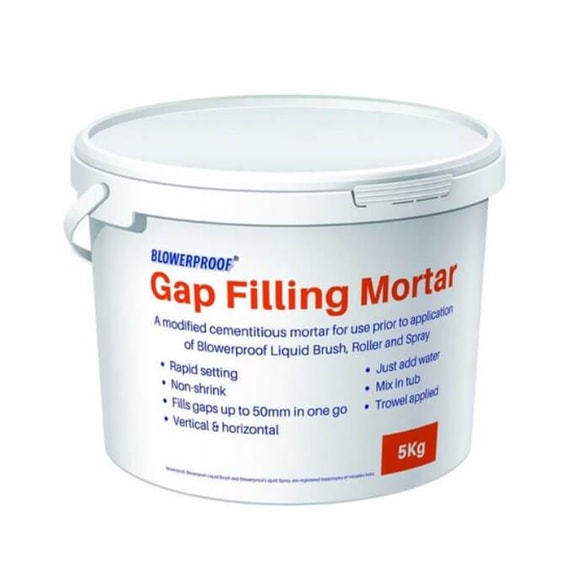 Plastering and rendering have many benefits for your home or building, such as:
Plastering and rendering have many benefits for your home or building, such as:
- Improving the appearance and aesthetics of your walls and ceilings
- Providing a smooth and even surface for decorating
- Enhancing the insulation and soundproofing of your walls and ceilings
- Increasing the fire resistance and durability of your walls and ceilings
- Protecting your walls and ceilings from moisture, damp, and mould
- Repairing cracks, holes, and defects in your walls and ceilings
- Adding value and appeal to your property
Plastering vs. Rendering: Materials, Application, and Tools
When considering the difference between plastering and rendering, it's crucial to note the distinct applications and materials involved. Plastering primarily finds its place indoors, contributing to smooth and aesthetically pleasing interior walls. This process commonly employs lime gypsum as a key material.
On the other hand, rendering is an exterior application, that enhances the durability of outdoor walls. The materials used in rendering often include cement and coarser sand, providing a robust finish for external surfaces.
Drying Time and Tools Used
Freshly plastered walls require a varying timeframe to dry, typically ranging from one week to a month, depending on the type of plaster utilized. This drying period is essential before proceeding with activities such as painting or wallpaper application.
In both plastering and rendering, essential tools play a vital role. A trowel is a fundamental tool for applying and smoothing the plaster or render onto the surfaces.
Additionally, other tools like floats and scrapers may be employed, each serving a specific purpose in achieving the desired finish for both interior and exterior walls. Understanding these differences in application, materials, and tools is key to ensuring the success of plastering and rendering projects.
What products can you use for plastering and rendering?
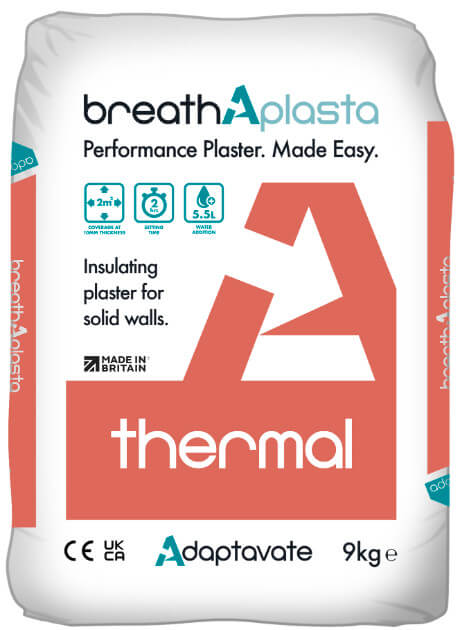 There are many products available for plastering and rendering, depending on the type of wall or ceiling, the desired finish, and the environmental conditions. Some of the products you can use are:
There are many products available for plastering and rendering, depending on the type of wall or ceiling, the desired finish, and the environmental conditions. Some of the products you can use are:
- Blowerproof Gap Filling Mortar: This is a liquid-applied, fibre-reinforced, and flexible mortar that can fill gaps, cracks, and joints in walls and ceilings. It can be used as a primer, a filler, or a finish coat. It can also be used as an air-tight and vapour-tight membrane that can improve the energy efficiency and indoor air quality of your building.
- Baumit MS55W Bonding Mortar: This is a ready-mixed, white, and mineral-based mortar that can be used as a base coat or a finish coat for plastering and rendering. It can be applied to various substrates, such as brick, stone, concrete, or plasterboard. It can also be used as a bonding agent for insulation boards or tiles. It has excellent adhesion, water resistance, and breathability.
- Lime Green Solo One Coat Lime Plaster: This is a natural, hydraulic, and lime-based plaster that can be used as a one coat plaster for internal walls and ceilings. It can be applied to various substrates, such as brick, stone, lath, or plasterboard. It has excellent workability, flexibility, and breathability. It can also regulate the humidity and temperature of your rooms, creating a healthy and comfortable living environment.
- Lime Green Duro Render and Plaster Undercoat: This is a natural, hydraulic, and lime-based render and plaster that can be used as an undercoat for external and internal walls and ceilings. It can be applied to various substrates, such as brick, stone, blockwork, or metal mesh. It has excellent strength, durability, and breathability. It can also resist cracking, shrinking, and salt damage.
- Lime Green Ultra: This is a natural, hydraulic, and lime-based render and plaster that can be used as a top coat for external and internal walls and ceilings. It can be applied over various undercoats, such as Lime Green Duro, Lime Green Solo, or Baumit MS55W. It has excellent smoothness, hardness, and breathability. It can also create a beautiful and natural finish that can be left as it is, or painted, textured, or polished.
- Breathaplasta Universal Breathable Plaster: This is a natural, gypsum, and lime-based plaster that can be used as a universal plaster for internal walls and ceilings. It can be applied to various substrates, such as brick, stone, concrete, or plasterboard. It has excellent breathability, workability, and coverage. It can also improve the air quality and comfort of your rooms, by absorbing and releasing moisture and carbon dioxide.
- Breathaplasta Smooth Finishing Plaster: This is a natural, gypsum, and lime-based plaster that can be used as a finishing plaster for internal walls and ceilings. It can be applied over various base coats, such as Breathaplasta Universal, Lime Green Solo, or Baumit MS55W. It has excellent smoothness, hardness, and breathability. It can also create a fine and flawless finish that is ready for painting, wallpapering, or tiling.
- Breathaplasta Thermal Insulating Plaster: This is a natural, gypsum, and lime-based plaster that can be used as a thermal insulating plaster for internal walls and ceilings. It can be applied to various substrates, such as brick, stone, concrete, or plasterboard. It has excellent thermal conductivity, breathability, and fire resistance. It can also reduce the heat loss and energy consumption of your building, by creating a warm and cosy atmosphere.
How to choose the right product for your project?
Choosing the right product for your plastering and rendering project can depend on several factors, such as:
- The type and condition of your wall or ceiling
- The desired thickness and finish of your plaster or render
- The environmental and climatic conditions of your location
- The budget and time frame of your project
- The availability and accessibility of the product
To help you choose the right product for your project, you can consult the product specifications, instructions, and reviews on our website Buy Insulation Online. You can also contact our customer service team for expert advice and guidance. You can also order samples and test the product on a small area before applying it to the whole wall or ceiling.
How to apply the product to your wall or ceiling?
Applying the product to your wall or ceiling can vary depending on the product, the substrate, and the technique. However, some general steps you can follow are:
- Prepare your wall or ceiling by cleaning, repairing, and priming it
- Prepare your product by mixing, stirring, and tempering it
- Apply your product by spreading, smoothing, and levelling it
- Finish your product by curing, drying, and protecting it
- Decorate your product by painting, texturing, or finishing it
To ensure a successful and satisfactory result, you should always follow the product instructions, recommendations, and safety precautions. You should also use the appropriate tools, equipment, and protective gear. You should also work in a well-ventilated, dry, and moderate-temperature environment.
Conclusion
Plastering and rendering are two effective ways of improving the appearance, performance, and value of your walls and ceilings. They can also enhance the comfort, health, and safety of your living or working space. However, plastering and rendering are not the same, requiring different products, skills, and techniques. Therefore, you should always choose the right product for your project and apply it correctly and carefully.
You can find a wide range of high-quality and eco-friendly products for plastering and rendering on our website Buy Insulation Online. You can also get expert advice, guidance, and support from our customer service team. You can also order samples, delivery, and returns from the website. So, what are you waiting for? Start your plastering and rendering project today and transform your walls and ceilings into a masterpiece.
Frequently Asked Questions
Q: What is the difference in the finish between rendering and plastering?
A: The finish of rendering is typically coarser due to the use of cement and coarser sand, whereas plastering results in a finer and smoother surface suitable for paint or wallpaper.
Q: What is the role of plastering and rendering in the overall heating and cooling of a building?
A: Both plastering and rendering help regulate the internal heating and cooling of a building by providing insulation and protecting the walls from external elements.
Q: How do I know if a plasterer or renderer is reputable?
A: Checking platforms like Checkatrade and reading customer reviews can help you find reputable and skilled professionals for your plastering and rendering needs.
Q: What are the different patterns and finishes that can be achieved through rendering and plastering?
A: Both rendering and plastering offer a variety of patterns and finishes, from textured and patterned finishes to smooth and polished surfaces, depending on the techniques and materials utilized.
